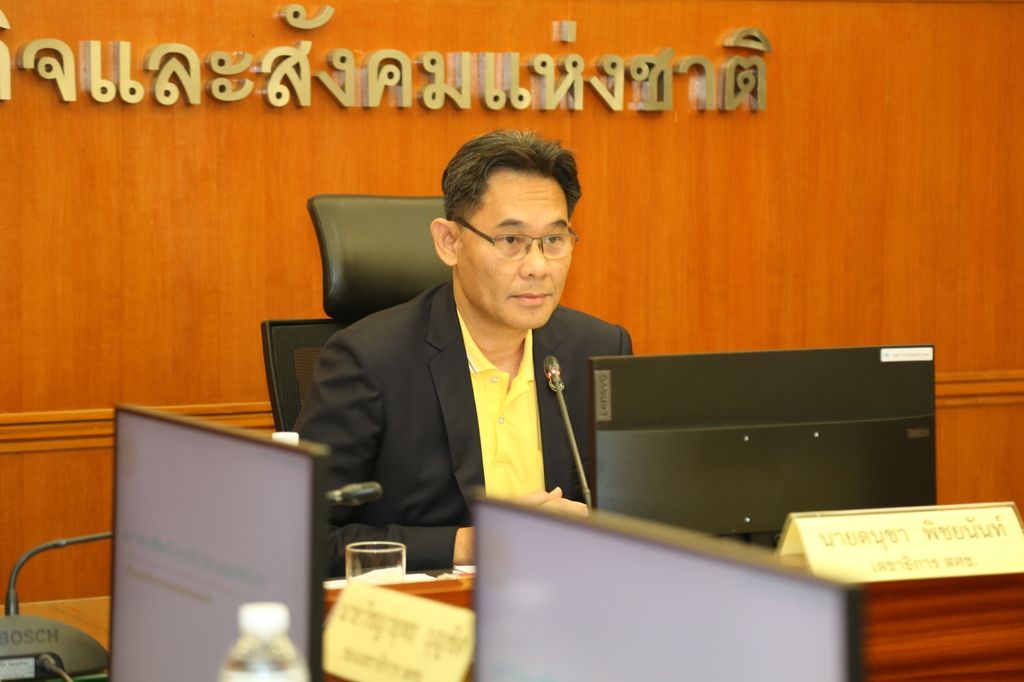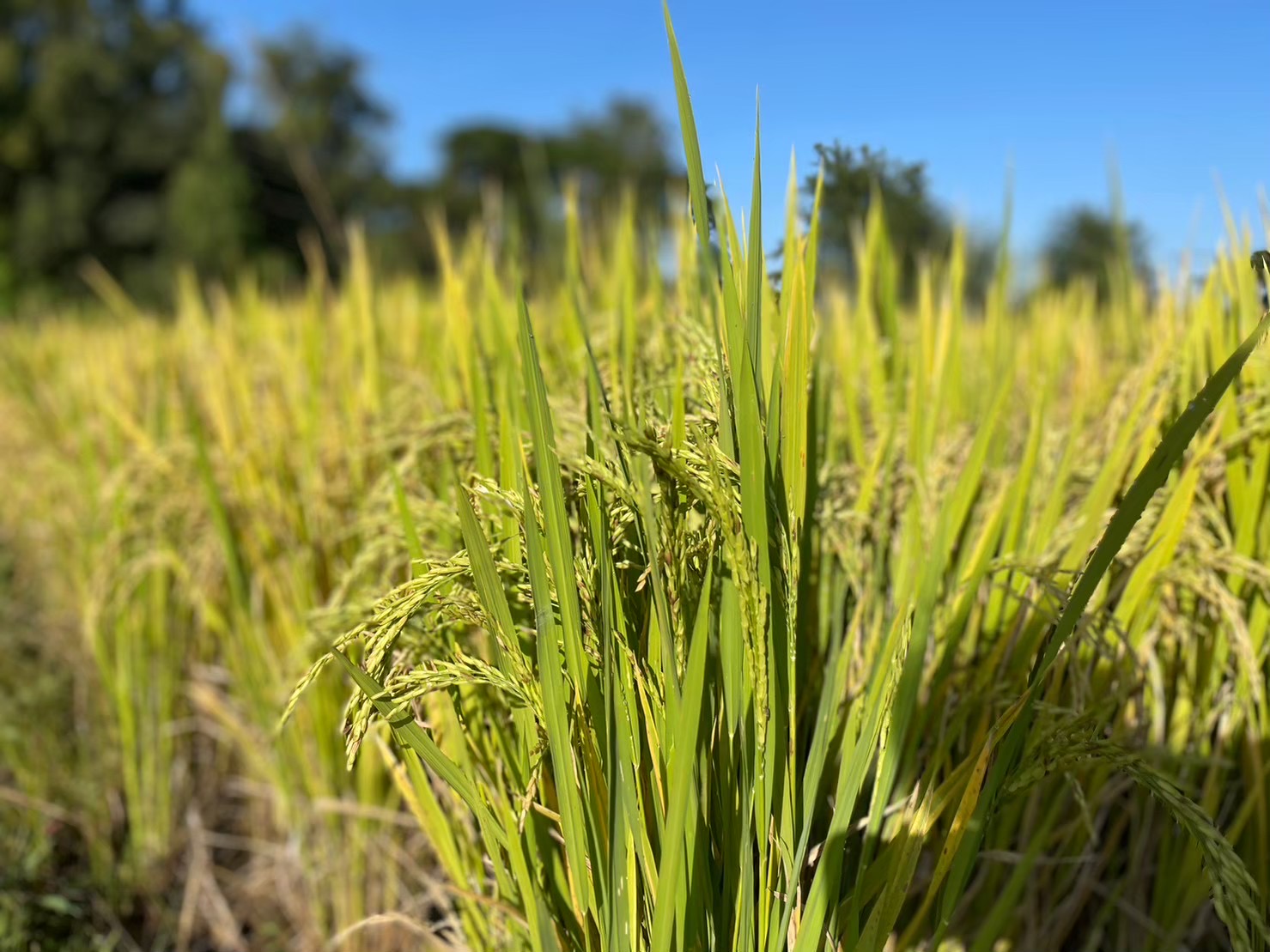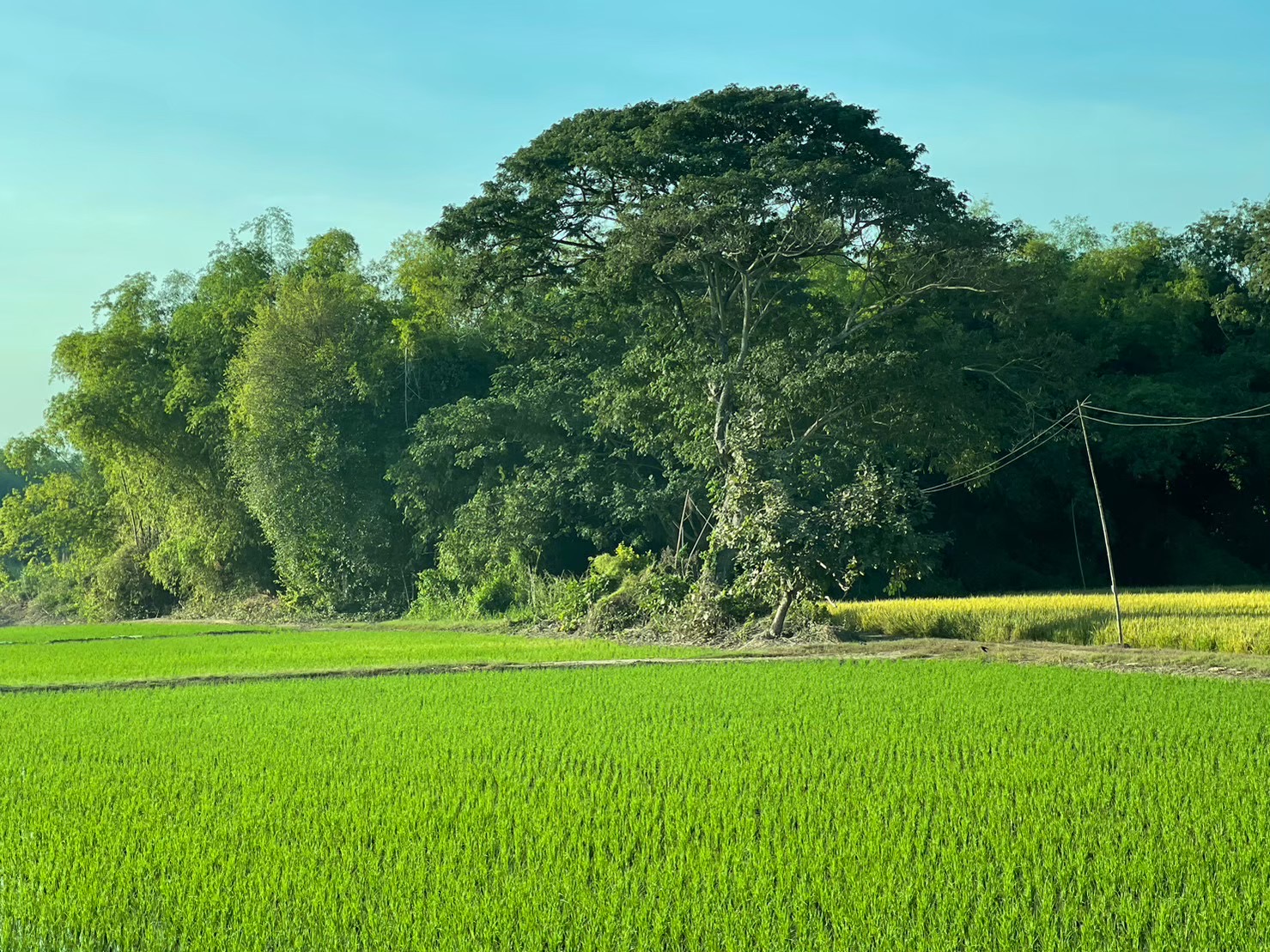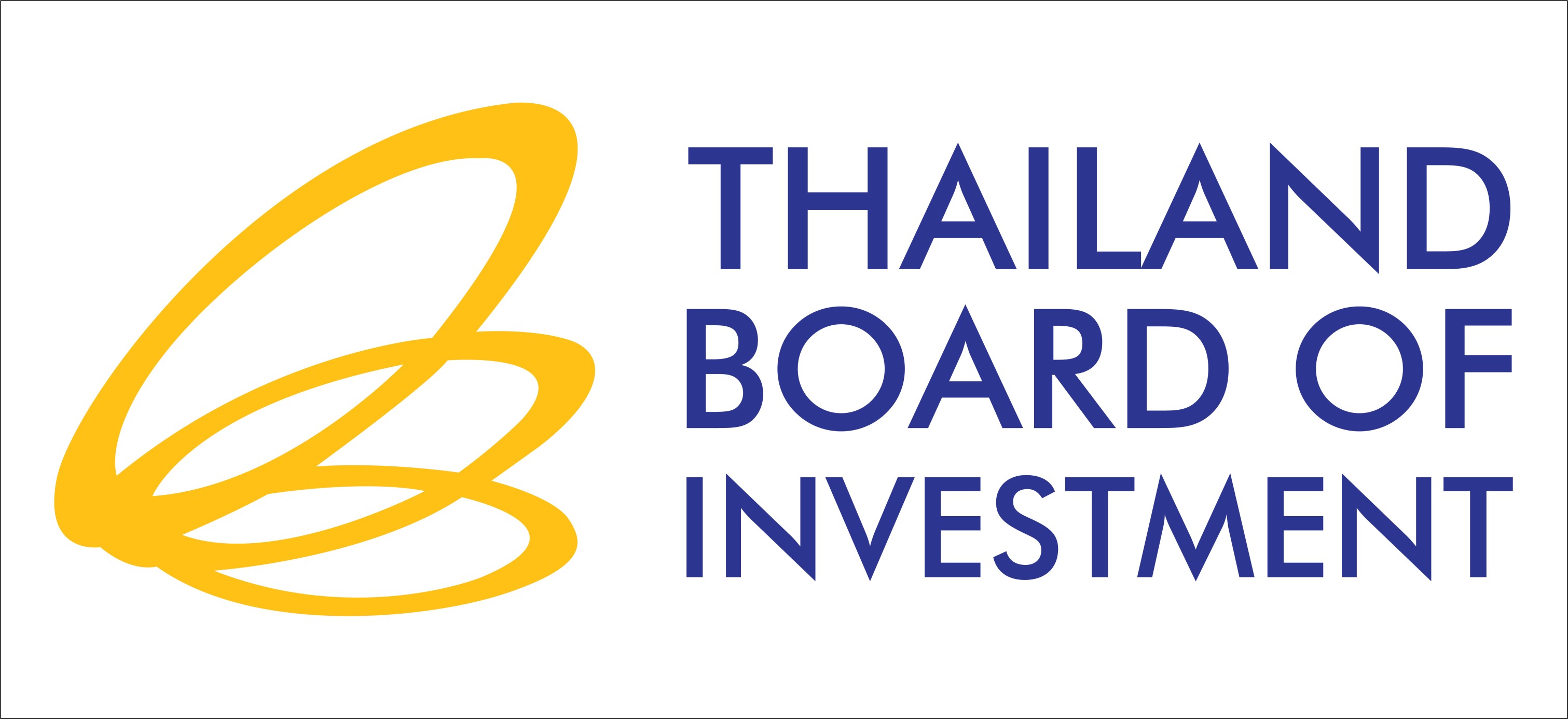Rice / Increasing productivity
Rice / Increasing productivity
Chatrudee Theparat
NESDC suggests strengthening productivity is a must to improve farmer livelihoods.
Increasing productivity is a better tool to improve farmer livelihoods while in 2011/2022 crop Thai rice yields per rai was 1.5 times below the global average.

Danucha Pichayanan, secretary general to the National Economic and Social Development Council(NESDC),said rice is considered an agricultural commodity that contributes to Thailand's annual export income exceeding 100 billion baht.
However, farmers frequently face an unpredictable income, resulting in impoverished conditions. Specifically, from 2014 to 2023, the government consistently provided substantial support, averaging at 5.4 trillion baht annually.
The fluctuating rice prices hinder farmers from effectively planning their production, and some were underpriced by buyers.
According to data from the Office of Agricultural Economics between 2020 and 2022, cost of rice production increased at an annual rate of 8 % on average. Notably, there was a substantial increase in fertilizer costs.

As of 2022, the prices of important fertilizer blends have surged by over 1.4 times. Meanwhile, encouraging the adoption of organic fertilizers remains challenging due to difficulties in controlling nutritional content and regulatory constraints. Yield: Thai rice yields per rai remained low at 311 kilograms during the 2021/2022 planting season, which is 1.5 times below the global average. Between 2013 and 2022, the average yield per rai of rainfed rice decreased by 0.5 percent per year.
He said the decrease in rice yields is attributed to several factors including the first, shortage of quality seeds and discontinuous rice variety development. During the production year of 2023/2024, only 720, 000 tons of seeds could be produced, significantly less than the demand of 1. 4 million tons. As a result, farmers have to use self-stored seeds with lower germination rates
The second, rice variety development has been allocated limited funding. Between 2015 and 2021, the average annual budget for rice variety research and development was 225.1 million baht, demonstrating a downward trend.
The third, a large amount of rice is cultivated in unsuitable areas. The Department of Land Development reported that in 2022, 23.9 million rai of rice were 7 cultivated in areas with little or no suitability. Additionally, the majority of rice fields are located outside irrigated areas, with only 23.0 percent falling within irrigation zones, decreasing from 33.4 percent in 2014
The fourth, farmers have not widely adopted agricultural technology. Moreover, rice production is affected by climate change, leading to yield losses every year.
“The agency recommended that enhancing rice cultivation productivity and improving the quality of life for farmers including an stablishing mechanisms to strengthen farmers through group collaboration and the creation of new-generation farmers,” he said.
He said it should promote continuous research and development of rice varieties, and enhancing the efficiency of producing high- quality rice seeds for cultivation; promoting the reduction of chemical fertilizer usage, focusing on soil maintenance or the use of lower-priced organic fertilizers.

Promoting technology adoption by creating a startup-friendly environment that fosters market competition can helpl reduce technology costs. It should also showcase examples of successful technology adoption and providing support for funding sources and knowledge transfer to farmers.
It should provide farmers knowledge on crop cultivation techniques suitable for their specific geographical conditions; developing agricultural insurance systems to protect against agricultural losses caused by natural disasters and elevating them as tools to support the agricultural production process; considering the replacement of rice cultivation with other high-value crops that align with agricultural land management (zoning by Agri-Map) and social conditions in each area. This aims to produce crops suitable for the specific region and support
diversified agriculture to reduce income risks associated with rice prices.
05 March 2024
Viewed 179 time
 EN
EN 




